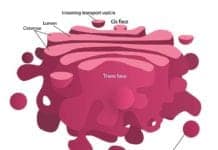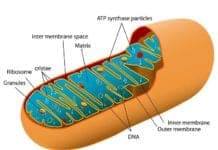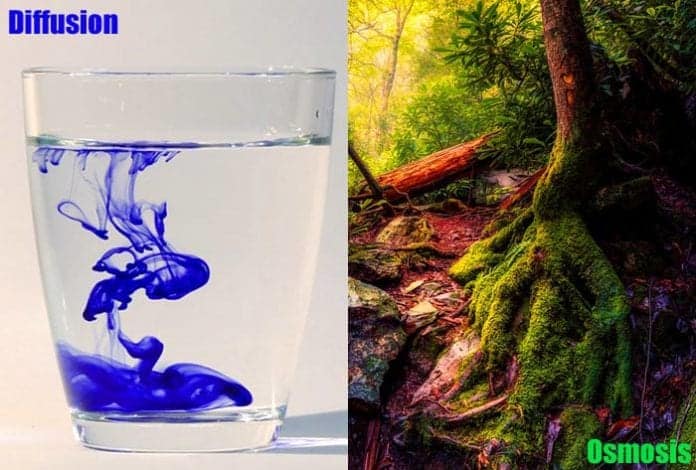
Biological membranes are known to serve as the physical barrier between the intracellular environment of living organisms and their outside world. While they have to be impermeable at some point to disallow some substances to enter; obviously, they have to be permeable to some essential substances and nutrients to allow them to enter and leave the cell.
In this article, we will explore the two types of transport mechanisms in biological membranes that, at first glance, may seem almost interchangeable, namely diffusion and osmosis. Also, we’ll see the main difference between diffusion and osmosis in detail.
Table of Contents
What is Diffusion?
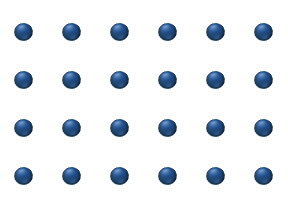
- One of the main drivers that make possible diffusion in cells is the difference in the concentration on each side of a biological membrane. This is called the concentration gradient[1] or the chemical gradient.
- The movement of substances is from a region of high concentration (of that molecule or substance) to a region of relatively lower concentration.
- Diffusion does not require a semipermeable membrane.
Apparently, there are two types of diffusion[2]: passive and facilitated.
- Passive diffusion is a type of diffusion that requires no protein channels during transports across the semipermeable membrane.
- On the other hand, facilitated diffusion is a type of diffusion that requires the presence of proteins (either carrier proteins or channel proteins) to occur. These proteins, however, do not use ATP in the process.
![]()
Why is it Important?
![]()
Examples
In living organisms, the process of diffusion is quite widespread and happens in almost all cells. The following are some of these examples:
1. Plants
- First, the carbon dioxide molecules diffuse inward through the various pores in the leaves called stomata. After that, air spaces inside the leaves become filled with water vapor.
- This process highly depends on various environmental factors such as light and humidity.
![]()
2. Animals
- For instance, during digestion[4], food molecules like amino acids and sugars move in a concentration gradient to be delivered from the intestines into the blood-stream.
- Another example is the diffusion of waste products like urea from the body cells to the blood.
![]()
What is Osmosis?
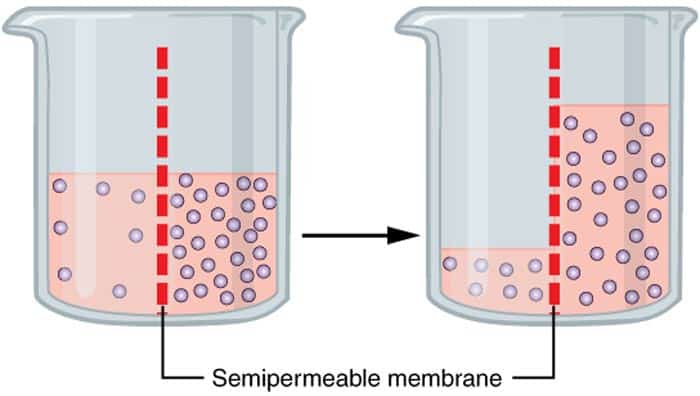
- It is important to note that osmosis only occurs across semipermeable membranes[5] and is highly dependent upon the reduction of free energy of the solvents involved.
- Furthermore, it is also dependent on other factors like the solute potential, and the number of particles of solutes dissolved.
The main force regulating such process is called the osmotic pressure[6]. Osmotic pressure is needed to stop the water flow across a membrane to separate the solutions with varying concentrations.
Check out the Osmosis simulation here.
![]()
Why is it Important?
![]()
Examples
There are many examples of osmotic processes in biological systems. The following are some of the examples of osmotic processes occurring in plant and animal cells:
1. Plants
- The roots of these plants first absorb water and minerals from the soil, and the osmosis process allows them to move up the plant through the transport tissue xylem.
- Another osmotic process in plants is the transpiration of water molecules through their evaporation from the leaves.
![]()
2. Animals
- If this process does not occur by any chance, an average person will have to urinate several liters daily.
![]()
Main Difference Between Diffusion and Osmosis
| Features | Diffusion | Osmosis |
|---|---|---|
| Direction of Movement | Solutes move from a region of higher solute concentration to a lower concentration | Water molecules move from a region of higher water concentration to a lower one |
| Type of Molecules Involved | Solutes like ions, or any solid, liquid, or gas molecules | Water molecules only |
| Type of Membrane Requirement | Any type | Semipermeable membrane |
| Major Energy Requirement | Free energy of diffusing substance | Free energy chemical potential of water |
| Main Drivers to Occur | Difference in concentration gradient | Osmotic pressure |
| Duration | Occurs faster than osmosis | Relatively lower than diffusion |
![]()
Other Differences
- As mentioned earlier, both diffusion and osmosis[7] occur through passive transport. No additional energy is needed to drive them; they involve the movement of particles from a higher concentration to a lower one.
- Aside from those said earlier, one of the major differences is the type of medium where these processes happen. On the one hand, diffusion happens in any medium, be it solid, liquid, or gas, whereas osmosis can only happen in a liquid environment.
- Moreover, diffusion aims to attain equilibrium in the energy concentration in the biological system. Osmosis, on the other hand, requires the equilibrium of the concentration of solute among the intra-cellular environment and its outside environment.
![]()
To have a detailed illustration, you may want to view this video:
![]()
Now, after learning about their unique properties, can you now easily differentiate the two?
![]()




